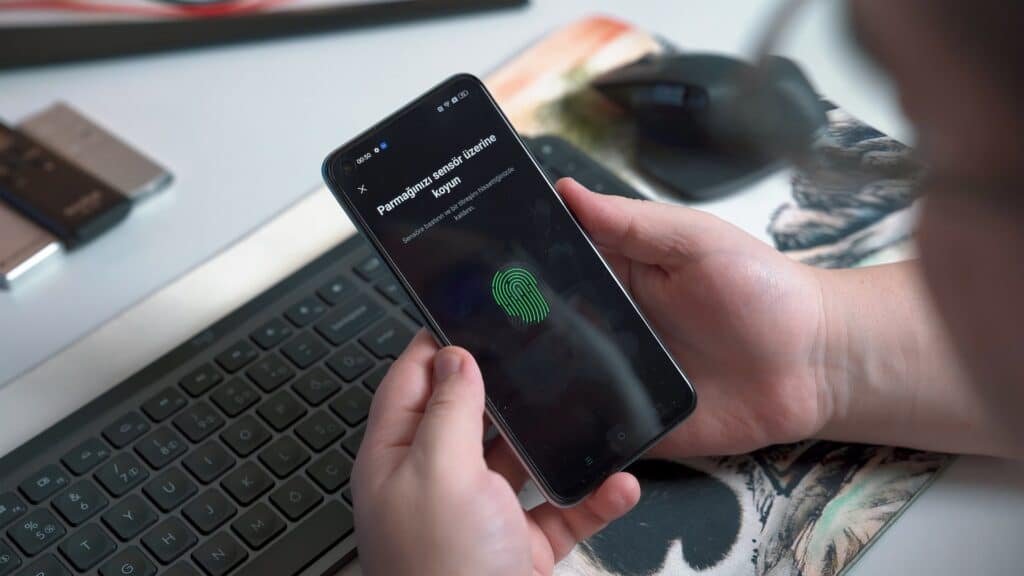With the onset of the technological revolution, businesses worldwide saw a new light of the day in efficiency and convenience. Every business incorporates technology into its operations to a degree. Furthermore, tech innovations have been revolutionary to users who find new ways to boost and automate their experiences.
However, one critical development is how technology has improved our security. The protection includes both physical and digital lives. For instance, modern security systems let you watch over your house from anywhere. In other cases, sophisticated software can help you protect data, like encrypting it before sending it online.

Increased Use of Biometric Authentication
As businesses and consumers continue to move their lives online, they become more vulnerable to cyber-attacks. In response, many are turning to biometric authentication to protect their data. Biometric authentication is the process of using physical or behavioural characteristics to verify someone’s identity.
Common examples include fingerprint scanners and iris scanners. While traditional passwords can be guessed or stolen, biometric data is unique to each individual and much harder to fake. As a result, biometric authentication provides a much higher level of security than passwords alone. In addition, biometric authentication can access physical locations, such as office buildings and bank vaults.
This additional security layer helps protect businesses and employees from theft and other crimes. As cyber-attacks become more common, biometric authentication has become an essential tool for keeping users and businesses safe.
More Widespread Use of Encryption
The process of encrypting data involves converting readable data into unreadable text. It is done using an algorithm and a key. The data can only be decrypted and transformed back into its original state by someone with access to the key. Encryption is used in a variety of ways to keep information safe.
For example, when you use a secure website, your data is encrypted so that only the intended recipient can read it. It keeps your information safe from anyone who might intercept it, such as hackers. Encryption is also used to protect email messages, financial information, and other sensitive data. The increased use of online operations has only increased the need for encryption.
Virtual Private Networks have also simplified encryption for many users. A VPN is an application that encrypts internet traffic and reroutes it through secure servers. Thus, the chances of someone intercepting and stealing data reduce significantly. For instance, a VPN for PC can guarantee a smoother exchange of information at home. Furthermore, it is an essential assistant if you tend to work while connected to public Wi-Fi hotspots.
Development of New Technologies to Prevent and Mitigate Data Breaches
Despite the best efforts of security experts, data breaches are becoming more and more common. As our lives move increasingly online, we leave a digital trail of valuable personal information that criminals can exploit. However, there is reason to be optimistic that new technologies will help to keep users and businesses safe from data breaches.
For example, blockchain technology can create a secure, decentralized record of transactions. The result is that hackers are much less likely to be able to alter data, as they must access all network computers to make changes. In addition, artificial intelligence can be leveraged to recognize patterns in data that may indicate a breach is underway.
Artificial Intelligence and Machine Learning for Cybersecurity Purposes
Artificial intelligence (AI) and machine learning are leveraged by businesses of all sizes to bolster their cybersecurity efforts. One way AI is being used for cybersecurity is in threat detection. By analyzing vast amounts of data, AI can help identify patterns indicating an impending attack.
As a result, businesses can take proactive measures to defend themselves before it’s too late. Additionally, AI can automate many manual cybersecurity tasks, such as patch management and log analysis. It frees up security professionals to focus on more strategic initiatives.
For instance, a deep learning-based solution can be transformative. It would use AI to scan files and software to find threats like malware or zero-day risks.
Increased Emphasis on User Training and Awareness
The ways technology will keep users and businesses safe are many and varied. The most critical way is by increasing user awareness and training. By making users aware of the dangers online and teaching them how to avoid them, businesses can help keep their clients safe.
Businesses can also provide training on how to use their products safely. By ensuring that users are adequately trained on how to use their products, companies can help reduce the risk of accidents and injuries. In short, increased user awareness and training are one of the most important ways technology will keep users and businesses safe in the future.
Remote Control for Security Systems
The internet of things connects devices and physical systems to the internet, allowing people to control their security systems and lock their doors remotely. By doing so, you can monitor your business even when you’re not there. And if you’re away from home, you can still lock your doors and keep your family safe.
This technology allows businesses and homeowners to monitor their premises for suspicious activity and quickly respond to security breaches.
Conclusion
While there are many concerns about the level of safety that technology can provide, it is evident that businesses and users will be better off with the continued advancement of security features. Users should also learn about the current threats and their prevention and mitigation strategies.
